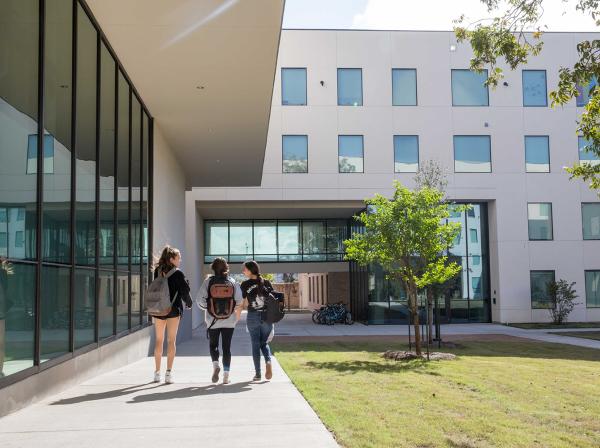10 Tips for Applying to College
Applying to college can feel overwhelming – but it doesn’t have to be, if you stay organized and tackle one task at a time.
Start by deciding where you’ll apply. Then plan to complete all your applications for admission and financial aid well before the deadlines. Some aspects of the process may have changed during the pandemic, so it’s more important than ever to stay organized.
These 10 Steps Will Keep You on Track
1. Create an Email Account for Your College Search
This will keep all of your important information in one place. You can also create folders within your account to sort the information by school. Be sure to choose a professional-sounding handle and check your account regularly. You’ll be hearing from colleges via email even more during the pandemic.
2. Make a Spreadsheet of the Application Materials Required By the Colleges Where You’ll Be Applying
Include deadlines and each component of the application – and check those off as you collect them. For example, you’ll need to know the type of application the college uses (Common Application, ApplyTexas or its own application); deadlines; application materials (transcript, recommendation letter, fee); and how many essays and supplements the school requires.
Some colleges might have a separate application for academic or merit-based scholarships, so add this information to your spreadsheet. (For example, when you apply to St. Edward’s, there’s no separate merit scholarship application, and you’ll be considered automatically based on your admission application.) You should still fill out the FAFSA to be considered for need-based aid. If you are an international student, you will go through a different international students process.
3. Add Your Deadlines to Whatever Kind of Calendar You Use – Online or Hard Copy
4. Find Out Whether You’ll Need to Take the SAT or ACT for the Colleges You’re Applying To
This year, many colleges, including St. Edward’s, have adopted a test-optional policy. Their websites will have information explaining whether you should test and whether submitting optional scores will influence your chances of admission.
5. Request Transcripts and Recommendation Letters
Find out if the college you’re applying to will allow you to submit an unofficial transcript (one that you send to the college, and that may not be in a sealed envelope from your high school) or if they require an official transcript (sent directly from your school in a sealed envelope). St. Edward’s will accept an unofficial transcript if you’re having trouble getting one sent from your school.
If the application you’re using (such as the Common Application) requires a recommendation letter, ask a teacher or counselor to help you, leaving plenty of time before the deadline. Remember that your favorite teacher might be other students’ favorite, too, and they may be getting many requests for letters.
6. Write Your Essays and Supplements
If this project feels overwhelming, break it into smaller pieces. For example, you could spend one weekend brainstorming and outlining, and the next two weekends writing two paragraphs each. Leave yourself enough time to have someone else review your essay before you turn it in.
Figure out whether you can use a version of the same supplement response for more than one school. If two schools have very similar questions, but one wants you to answer in 650 words and another has a 250-word limit, write the 650-word version first. Take a break, and then rework it into your 250-word version. An outside reader like a counselor or teacher can help, and Google Docs is great for discussing edits to an essay when you can’t meet face to face. Here are 5 tips for your application essay.
7. Fill Out the FAFSA in the Fall of Your Senior Year
The FAFSA is designed to calculate how much your family can afford to pay for college, and colleges then compare that amount with the total price. The difference between those numbers determines your financial aid package.
At St. Edward’s, each student is assigned a financial services counselor when you apply for admission. We encourage you to make an appointment to talk (via phone or Zoom) with your counselor if the information you reported on your FAFSA is not representative of your current financial reality.
For St. Edward's, the priority deadline to complete the FAFSA is March 1, but we will continue to award financial aid after that based on availability. Our school code is 003621.
If you are an international student, you will go through a different process. Learn more about completing a CSS Profile and financing a college education.
Like many schools, St. Edward’s provides a net price calculator that gives you an estimate of your total cost and the scholarships and grants you could receive.
8. Keep Learning about the Colleges on Your Shortlist
Use your calendar or spreadsheet to keep track of the upcoming virtual college fairs, virtual visits, and webinars you plan to attend. Be sure to adjust the time if the college is in a different time zone. Find out if the colleges are offering in-person tours and what safety precautions are required. You can also find out if it’s ok to drive or walk around the campuses of colleges near you, as long as you mask, distance, and stay outside.



